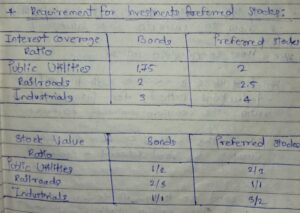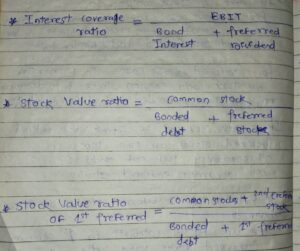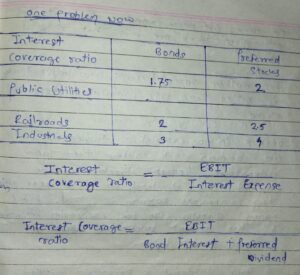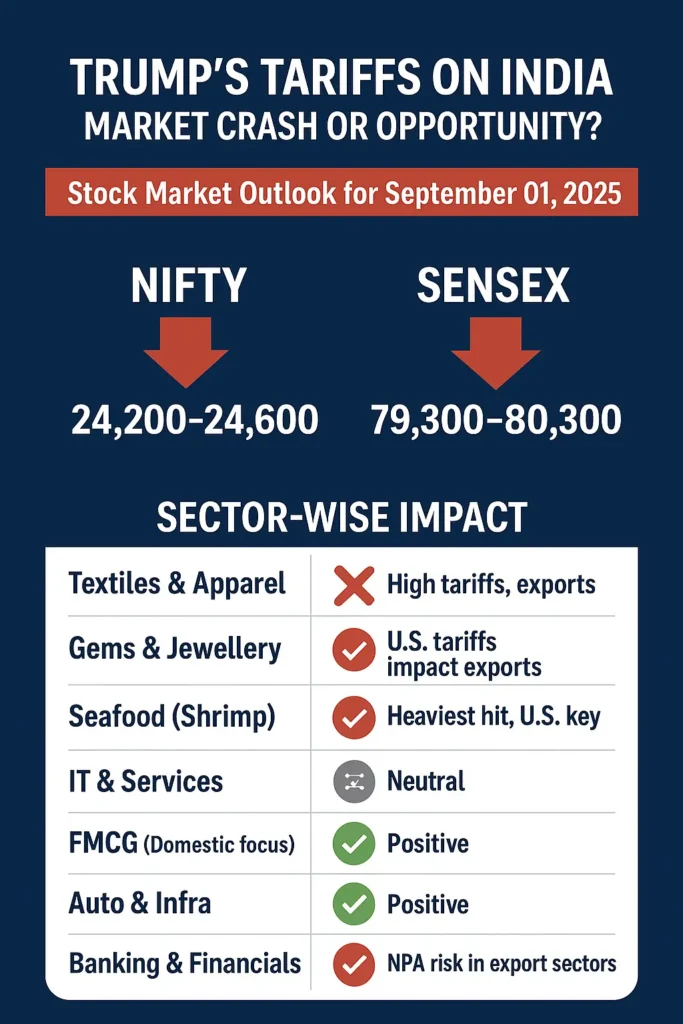Stocks to Riches Chapter 1 Summary
In this article, we see chapter 1 summary of the book Stocks to Riches by Parag Parikh. This is one of the books regarding the psychology of investing. Guy’s if you are haven’t read this book, then I highly recommend to you, order this book from the following link and read it. this is my all-time favorite book, and this book has only 110 pages. If you want to succeed in investing.
What is investing:-Stocks to Riches Chapter 1
let’s start, chapter 1 investing, before that let’s talk about the author
Author’s profile:- Parag Parikh is the Founder Chairman of Parag Parikh Financial advisory services limited (PPFAS), Mumbai. Mr. Parikh Has over 25 years of experience in investing, broking, and advisory business. he regularly shares his insights through guest contributions in many of India’s leading financial publications such as the Economic Times, Business Standard, and DNA, through appearances on CNBC, NDTV Profit, Aaj Tak, and Star News, as well as by undertaking lectures at various investor and educational forums.
Mr. Parikh has a Masters in Commence from Mumbai University and is a Certified Financial Planner ( CFP) from the Financial Planning Standards Board Of India. He is an alumni of the Harvard Business School having successfully completed the prestigious Owner President Management Program. He has also attended the program on Investment Decisions and Behavioral Finance at the John F. Kennedy School of Government at Harvard. (Stocks to Riches Chapter 1)
A keen Believer in nurturing one’s physical, mental, emotional, and spiritual side, Mr. Parikh engages in Physical activities such as golf, reads extensively, and practices Vipassana regularly.
so this is the profile of the author
let’s start, chapter 1 investing.
The author ( Parag Parikh ) says, ” Investing is a challenging game and we were all into it at some time or the other the clearer we are about it, the more successful we will be at mastering it.”
Son:- Dad, give me some money, I want to invest in the stock market. All my college friends go to this broker who provides terminals where one can invest.
Dad:- Invest?
Son:- Yes, My friends make a lot of the money they buy stocks on the broker’s advice and when the prices rise, they sell and make a clean profit. (Stocks to Riches Chapter 1)
Dad:- Well, this is the age for you to study, get good grades so that you can get a good job that will secure your future, I don’t want you to get into speculating in stocks.
Daughter:- Dad, you have to give me some extra money this month, as I need to buy some gold jewellery. I will be getting married in a couple of years and I need to start building my jewellery collection now.
Mother:- Baby, look at yourself in the mirror. you are putting on so much weight if you want to look good wearing gold jewelry you require a good body. Why don’t you go to the gym for a regular workout instead of wasting your time watching Tv? it’s high time you start watching your figure if you want to get a good husband and settle down in life.
Daughter:- Oh mom, my boyfriend is a big investor he buys and sells commodities. he knows how to make money. We have decided to get married. you need not worry about my future.
Son:- Oh, So he is a commodity investor? Great! Dad, I talk to you it’s a great business. I want to be a stock investor. you don’t understand what a big thing investing is you can make a lot of money through it, See dad, you slag the whole day at your factor, become an investor and we will become rich.
Mother:- Children, your dad works, so hard at his factory, which is why we have a comfortable life. it’s wrong to run down your father, he choose to set up this factory, so what if he did not get into investing.
Son and Daughter:- But we can make big money through investing. Why should dad work so hard at the factory when this is a better option?
Mom:- I don’t want to get into this debate but I am happy to have inherited from my father some stocks and a real estate property. I get my regular dividends from my stocks and the rent from the property. why should I bother about investing?
Dad:- Well, I think I will go to sleep. I am really confused about this. Investing is a difficult subject good night.”
Then the author explains the above conversation. (Stocks to Riches Chapter 1)
the author says, ” In the above conversion no one understands ‘ Investing ‘. The son and the daughter talk about it but do not know what it exactly is.
Father has invested in the factory and asked his son to invest in his education, but he does not know about investing means either. the mother asks her daughter to invest in her body by exercising regularly. the daughter does not real investing Not commodity trading. the mother is a real investor in stocks and real estate. yet she does not know about it.”
After this, the author explains, what is investing?
the author says, ” Investing is a very exhaustive subject. It means different things to different people. At some point in time well all are investing in something. It may be relationships, It may be a marriage or a career.
Life is all about doing something to reap benefits in the future. so all of us are in the investment game. However, it means different things to different people.”
then the author gives examples of Investment.
People Invest in.
- Large families so that when they grow old, their children can take care of them.
- Land and crops, in order to fend for themselves and their families.
- Small families, to provide a good standard of education ad living for their child.
- their health, by exercising regularly and eating a balanced diet.
- Charitable works, to serve the poor and the needy, and
- An external asset like real estate, shares in listed companies, gold silver, etc, so that they can fall back upon them in tough times. (Stocks to Riches Chapter 1)
after this, the author says,” thus we have a lot of people doing different things in the name of investing. this makes the subject of investing very complex.”
then the author explains the different types of investment products.
Investment Products:-
the author says, ” these come in the form of stocks, bonds, mutual funds, real estate, precious metals, insurance, commodities, etc.”
then author explains how these products fulfill their purpose.
the author says,” the reason people choose one form or another is distinct as each is designed to satisfy a particular need.
- Stocks offer dividends and capital appreciation.
- Bonds are much safer than stocks and offer a safe return on the money invested.
- Mutual funds may be seen as less risky than stocks.
- Investment in real estate could be for capital appreciation, to earn rent, or for self-accommodation.
- Insurance is used as security.
- Precious metals like gold and silver appreciate over time and are therefore a good hedge against unforeseen political uncertainties.
thus, each investment product has different distinct characteristics and each is designed to satisfy a peculiar need. Each is designed to do something different. (Stocks to Riches Chapter 1)
After this long list of investment products. the author gives the investment procedure.
Investment procedure:-
the author says, ” there are three-technique methods or formulae for dealing the various investment products.
- If one were to buy an investment product and hold it, then the procedure adopted is called going long.
- If one were to sell an investment product and then buy it, the procedure adopted is called Going Short.
- If one buys and then sells, the procedure adopted is called trading.
There have been various innovations in investment procedures by the introduction of the future and options market.l we have thus different procedures to speculate and hedge in the form of call options, put options, and futures. all these different types of procedures make the interactions of the financial market.”
After this procedure, the author explains Investor Classification.
Investor Classification:-
the author says, ”
- A stock trader is one who uses the product stock and the procedure trading.
- A long-term investor, on the other hand, used the product stock and the procedure of buying and holding long.
- A short-sellers uses the same product stock and the procedure of selling and then buying back.
- Similarly, a real estate speculator whose product is real estate adopts the procedure of speculation.
- A collector of rare coins buys and holds long the product of rare coins. (Stocks to Riches Chapter 1)
- A commodities futures trader adopts the procedure of the futures market to trade in commodities.
- A stock options trader adopts the procedure of the futures market to trade in commodities.
- A stock options trader adopts the procedure of hedging in the product of stocks.
- A day trader uses the product stocks and the procedure of speculation.
- A square is one who wants to hold over a long term by putting his money in the bank.
so thus, there are different types of people doing different things with the same investment products. Under the banner of Investing are people who are really gamblers, speculators, traders, hedgers, savers, dreamers, and losers.
after this, the author gives the wonderful investing plan and the difference between trading and investment.
If you want to read it, then buy this book from the following link.
































